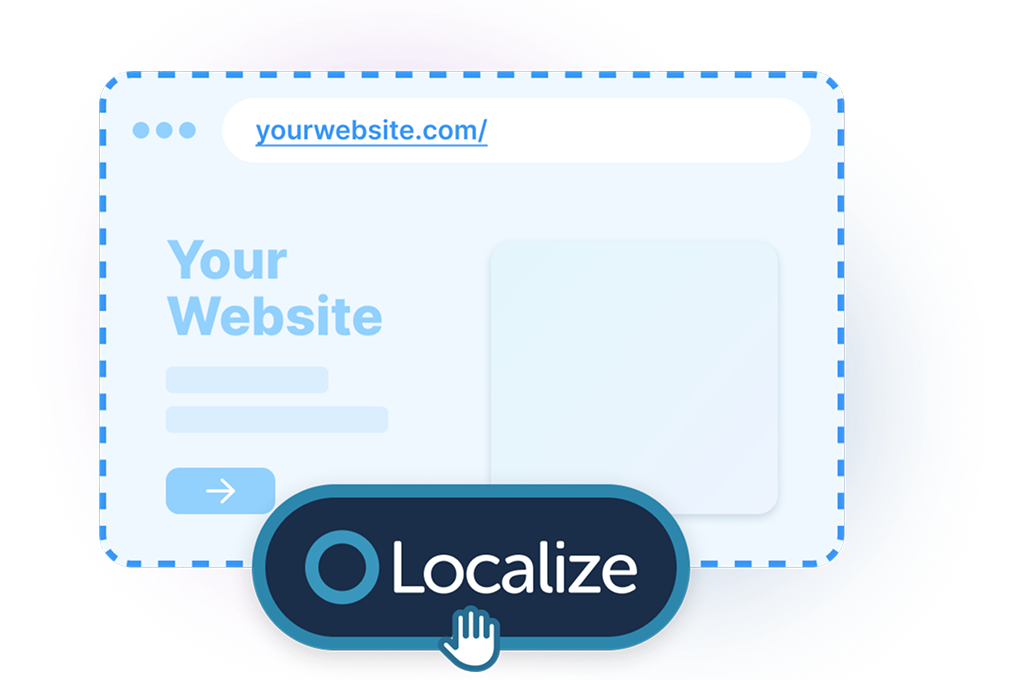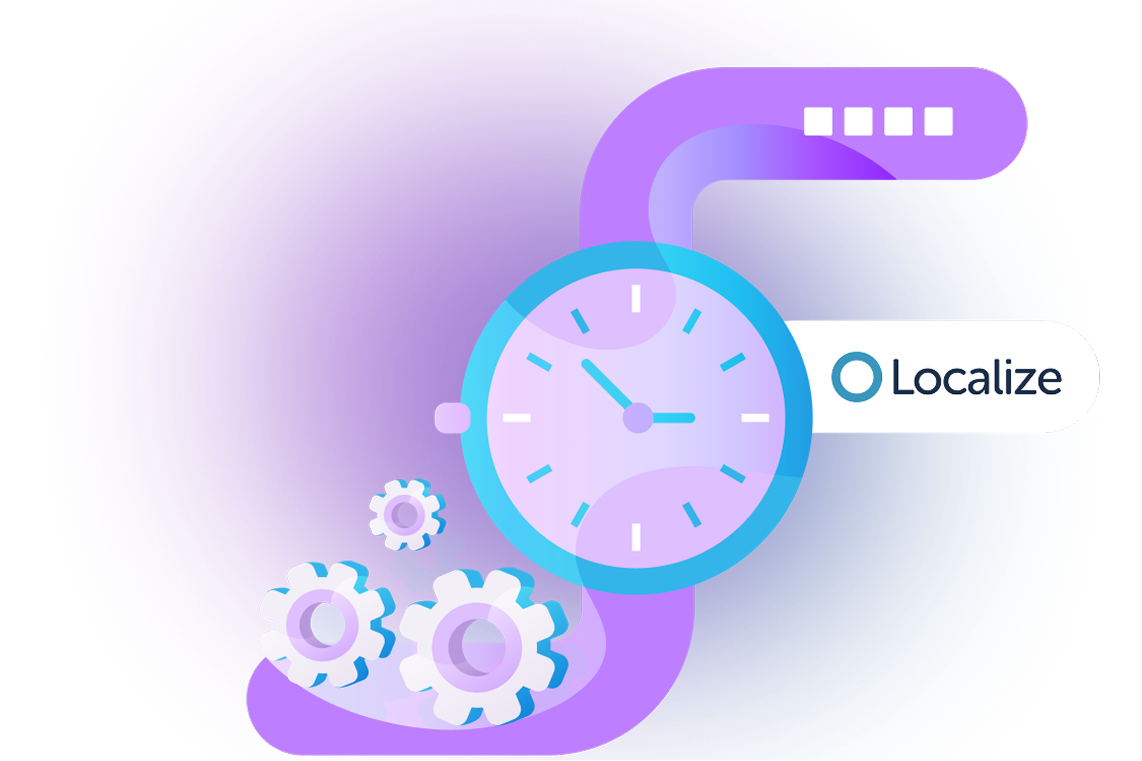When global growth is on the line, your approach to localization has a direct impact on costs, time to market, and your team’s productivity. The decision often comes down to one question: should you build your own localization system or buy a translation management system (TMS)?

The question of whether to build or buy software is a familiar one, and the build vs. buy debate in localization is no exception. For some teams, building an in-house translation system can offer the flexibility to design custom workflows, tailor integrations, and maintain control over translation processes. But for others, investing in a translation management system provides a faster path to implementation, less technical overhead, and easier scalability.
Both options come with trade-offs. Understanding the true cost of each approach is key to making an informed decision. The decision comes down to where your team wants to invest its energy – in building infrastructure or optimizing content delivery. Let’s break down the costs, the benefits, and the long-term implications of each approach to help your team understand which path delivers the most sustainable ROI for your business.

On the surface, creating a custom localization system may seem like the most flexible option. You get total control over the architecture, you can customize workflows to match your team’s existing processes, and you can integrate it directly with your codebase. For teams with highly specific requirements, this level of flexibility can feel appealing. But this control comes at a price, and often, an underestimated cost.
While building your own localization system might feel like a good way to stay in control, the reality is different. What starts as a short-term engineering project often turns into a long-term operational burden – one that slows your team down, eats into your budget, and diverts resources away from the work that drives growth.

When speed, scalability, and cost-efficiency are priorities, buying a translation management system (TMS) almost always delivers a faster and more predictable return on investment. Instead of asking your developers to reinvent the wheel, a purpose-built platform gives your team everything they need to manage multilingual content without the overhead of custom engineering. Rather than spending months building and maintaining systems, you can:
An internal build can take months, or longer. Translation management systems come with pre-built integrations, intuitive interfaces, and automation out of the box. The time saved is more than convenient. It’s a competitive advantage in fast-moving markets.
Manual file handling is one of the biggest bottlenecks in localization, and restricts who can make changes. With a TMS like Localize, content is automatically pulled in translation, translated, and pushed live without developer resources. Anyone, including marketers, product teams, localization managers, or developers, can edit and update content, giving every stakeholder control to edit and modify translations.
Localization often expands faster than expected. What starts as one or two languages can quickly grow into dozens. An in-house solution usually requires more developer hours with every additional language. A TMS, however, is designed to scale, allowing you to grow without increasing developers’ workloads.
A major hidden cost of localization is inconsistency. Different translations can weaken brand voice, confuse customers, and create QA headaches. A TMS solves this problem with built-in features like Translation Memory, Glossaries, and Style Guides, reducing translation costs over time.
Buying a TMS accelerates your time-to-market, simplifies localization workflows, and gives your team the freedom to focus on what they do best. This means faster launches, lower engineering costs, consistent translations, and a localization strategy that can scale as your business grows.

Oftentimes, companies underestimate the true cost of building and maintaining an in-house translation system. From hard-coding translations into websites and apps to managing complex workflows to ongoing maintenance, the hidden costs of localization add up fast and quickly drain your resources. Expanding into new markets should be a growth opportunity, not a technical burden.
Localize changes that. As a truly automated, no-code translation solution, Localize has helped thousands of teams simplify localization, go to market faster, and see improved engagement, conversion rates, and website traffic.
From simplified workflows to cutting costs to scaling confidently, it’s easy to see why teams across industries choose Localize to simplify translation management, reduce costs, and unlock new markets faster.